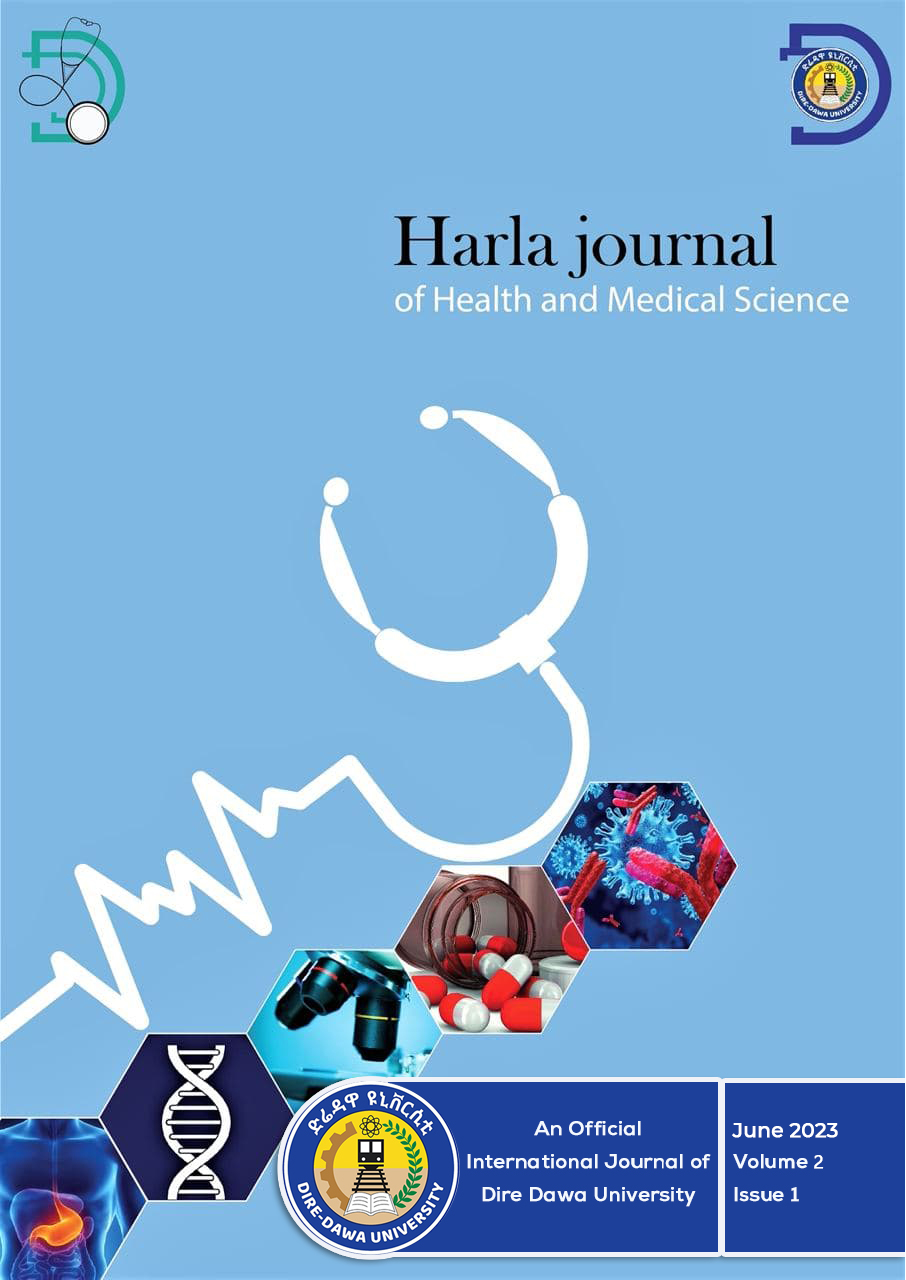Hepatitis B Virus Infection and Its Associated Factors Among Pregnant Mothers Attending Antenatal Care in Dire Dawa, Eastern Ethiopia:
Overlooked Public Health Problem
DOI:
https://doi.org/10.20372/hjhms.v2i1.141Keywords:
Hepatitis B, Pregnant Mothers, East Ethiopia, Dire DawaAbstract
Background: Hepatitis B virus (HBV) infection poses significant health risks, particularly among vulnerable populations such as pregnant women. This study aimed to assess the prevalence of HBV infection and its associated factors among pregnant mothers attending antenatal care in Dire Dawa, Eastern Ethiopia.
Methods: A facility-based cross-sectional study was conducted in Dire Dawa from September 1 to October 30, 2023, involving 362 pregnant women selected through systematic random sampling from public and private hospitals. Data were gathered using structured questionnaires and analyzed using SPSS version 26. Bivariable and multivariable logistic regression analyses were employed to identify factors associated with HBV infection, with a significance level set at P < 0.05 and a 95% confidence interval.
Results: The overall prevalence of HBV infection among the study population was found to be 6.9% (95% CI = 4.90-7.96). Factors significantly associated with HBV infection included educational status (AOR = 6.59; 95% CI = 1.49-28.27), history of previous delivery at a health facility (AOR = 0.15; 95% CI = 0.027-0.85), and being HIV positive (AOR = 13.6; 95% CI = 1.104-167.3).
Conclusion: The prevalence of HBV infection among pregnant women in Dire Dawa is notable, highlighting the need for targeted interventions, particularly focusing on education and screening for at-risk populations. Enhanced awareness and preventive measures are essential to mitigate the transmission of HBV in this vulnerable group.
Downloads
Published
How to Cite
Issue
Section
License
Copyright (c) 2023 Harla Journals and Author(s)

This work is licensed under a Creative Commons Attribution-NonCommercial 4.0 International License.






